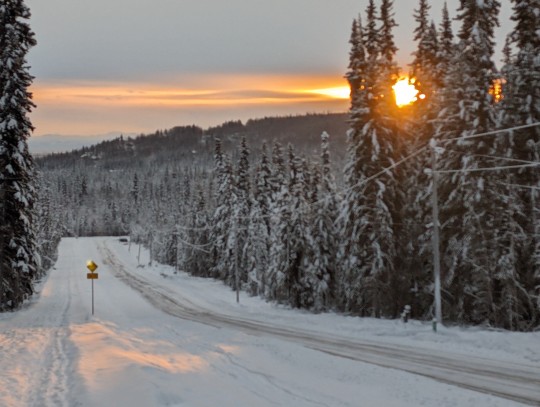#arctic life
Text
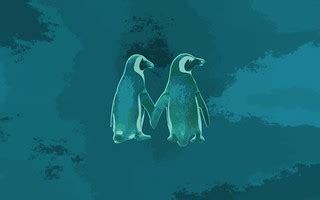
Chapter 3--Penguin Family Values: the nature of planetary environmental reproductive justice by Noel Sturgeon
Sturgeon’s article opens in a discussion of the award-winning nature documentary The March of the Penguins and how the animal was simultaneously adopted by “right-wing fundamentalist Christians in the United States as an inspiring example of monogamy, traditional Christian family values, and intelligent design” & was becoming “a symbol of the naturalness of gay marriage” to others(102)—Tango Makes Three (a children’s book based on ‘gay’ penguins at the Central Park Zoo who raised an egg—naturalness and success of gay marriage for raising children). “Queer families turn out to be just the same as straight families. […] they’re determined by nature” 117
Another example of penguins and reproduction in media—Happy Feet—singing/dancing and themes of normalcy. Homosociality and references of homosexuality but “always flavored with the kind of liberal tolerance covering over ultimate rejection that is thin veneer for heterosexist anxiety”. And ultimately, the main character’s differences are settled when he ends up ‘happily ever after’ in a heterosexual and successfully reproductive nuclear family.
“Penguins (along with polar bears) became popular symbols of what we would lose to global warming. Relatively invisible in the public cultural arena in contrast, were the growing and unequal effects of the pollution of our atmosphere on marginalized human beings such as indigenous peoples in the Arctic regions, who are struggling to preserve their cultures and societies in the face of rapid climate change” (102).
The author uses the term “Environmental Reproductive Justice” as a way of connecting environmental issues with social justice issues. This builds off insights by feminists of color and Global South feminists who tend to argue for the term ‘reproductive justice’ over ‘reproductive rights’—not just the ability to control pregnancy but also the need for childcare, health care, prenatal care, freedom from coerced sterilization, healthy environments, clean air, food and water, adequate housing, etc (103)
Living environmentalism-reproduction as necessarily about the intertwined reproduction of the environment, communities, and individuals (Giovanna Di Chiro, 2008)
How we reproduce—whether we are reproducing people, families, cultures, societies, and/or the planet—is politicized in several layered and contradictory ways (103). Gender and sexuality are often ignored as part of explanations when examining contemporary political and economic systems. I.e. when exploring the contradictions inherent in the right-wing—“far right conservatives have been able to mobilize low-income people on their side even though the political and economic policies working-class people are asked to support are contrary to their own class interests” (frank 2004)—gender roles and reproductive labor are not oft explored as ways they've been able to inspire feelings of fear, anger, oppression=abortion, ‘vulgarity’ in popular culture, homosexuality (I would also add transsexuality/transgenderism now), family values…all centered around gender expectations, driven by changes in economic practices in a globalizing economy (104)
“The politics of gender are often both the politics of reproductions and the politics of production—the intertwined ways that people produce more people, manage bringing up children, figure out how to do the work at home at the same time as the work that brings in a paycheck, decide how and where to buy food, clothing, shelter, and transportation, take care of elders, and create and maintain all of the social institutions that surround this work. And all of this is central to whether or not our ways of living cause environmental degradation.” (104)

“Heterosexual culture achieves much of its metacultural intelligibility through the ideologies and institutions of intimacy…First, its conventional spaces presuppose a structural differentiation of ‘personal life’ from work, politics, and the public sphere. Second, the normativity of heterosexual culture links intimacy only to the institutions of personal life, making them the privileged institutions of social reproduction, the accumulation and transfer of capital, and self-development…intimate life is the endlessly cited elsewhere of political public discourse, a promised haven that distracts citizens from the unequal conditions of their political and economic lives, consoles them for the damaged humanity of mass society, and shames them for any divergence between their lives and the imitate sphere that is alleged to be simple personhood” (Berlant and Warner, 1998 553) (105)
Heterosexist arguments are binary (homosexuality vs heterosexuality, ‘opposites attract’, ‘men are from Mars, women are from Venus’) and normative (heterosexuality is better, more natural, more moral, more normal, more wholesome, better for parenting). So social institutions are structured in a way that privileges heterosexual sexual practices and solidifies what a family should look like; who does the domestic work; how women/men should act, look, behave; how life should be maintained (producing heterosexuality) (105) These heterosexist arguments are usually about preserving and reproducing particular forms of family, social power, and economic practice.
Pro-life/pro-family—not just about preventing abortions, but about the reproduction of a certain historically and culturally specific idealized family form; father is authority; mother is helpmate and childcare provider; several children living in a framework of Christian, religious, patriarchal, heterosexual, nationalistic, U.S. and nuclear—right-wing. “The family acts as a miniature welfare state, modulating consumption, curbing excess desires, improvising child care and providing social security—[…]it is the dreamworld conveyed in the…’serious’ media…where the conservative variant of the neoliberal utopia is attributed to the biologically fixed ‘nature’ of desire (Lancaster 2003, 336) (106)
Fear of allowing women (especially young women, especially women of color, especially poor women—ESPECIALLY young, poor, women of color) have access to choices and support for their own reproductive decisions and thus forming families that do not adhere to the right-wing model…..divinely created=natural, normal so all else is unnatural and opposite of divine

This particular family model especially when located in a suburban, consumer economy dependent on extremes of global inequality, might be an important origin of our present environmental problems. (107)
Nuclear family model relies on women’s unpaid domestic labor (childcare, eldercare), using nonrenewable fuel-intensive transportation such as cars and long-distance shipping of consumer products, women as shoppers/consumers—these stores are part of globalized production and distribution chains dependent on exploitation of the labor of the poor (global south and often women) (107)
Environmental health is centrally important to reproduction as well as production (107) Reproduction is a materialist and a planetary issue—all reproduction comes with consequences for the global environment, economies and social practices.
Planetary reproduction and environmental reproductive justice
Deconstructing Polar Opposites: Endangered Peoples, Endangered Cultures, Endangered Natures
Missing from the conversation is the immediate threat to numerous groups of people especially vulnerable to climate change by reason of geography, poverty, or political discrimination (documentaries that use images of penguins and polar bears to dramatize the consequences of melting polar ice fail to mention the impact on Arctic Indigenous peoples…)
Indigenous people are not penguins, endangered tribal cultures are not endangered species—racist and the parallel trope of the ‘disappearing Indian’ discounts and obscures the struggle of real indigenous peoples to exist and successfully transform their cultures strategically for survival. Arctic indigenous tribes may be threatened by climate change but they are resilient and experienced in resisting threats to their people… (119)
“We’ve adapted in the past, which is why we are still here” (Chickaloon Grand Chief Gary Harrison, 2005)
Arctic Indigenous peoples have been addressing the problem and suggesting solutions for many years because they knew the threats they faced were early warnings for the people around the world.
“All of this will have a profound impact on the viability of indigenous cultures throughout the North and further afield. Everything is connected in nature; what happens in Alaska will affect all other places of the world as a cascading effect, as scientists call it, will occur” (Cochran 2007) (120)
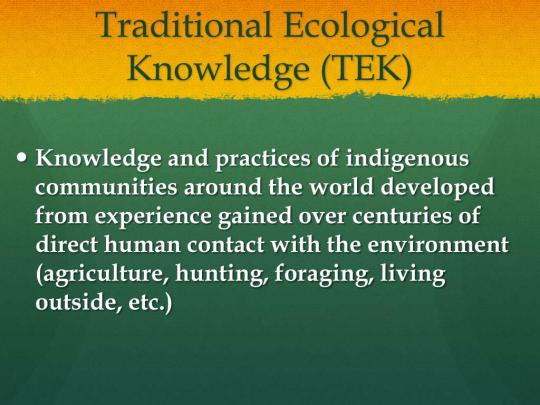
The possibility of losing indigenous knowledge along with the animals and ice….Subsistence living is part of cultural survival and an important method for keeping the world in balance (Harry Bower Jr. 121) The environment is part of a larger universe with moral and cultural aspects that are maintained by the practices of indigenous peoples who have lived on the land for thousands of years (121)
The expansive knowledge [indigenous people have] about sustainable practices, whether it was supported by scientific expertise or traditional experience, was knowledge that arose from a particular way of life, one that needed to be respected and maintained. It was not knowledge gained from the mystical identity of being Ecological Indians, but was rather sophisticated information needed now by all those, Indigenous or not, trying to understand and address climate change (121)
The reproduction of industrialized economic systems, particularly by the United States and other Western countries, has consequences for planetary ecological workings on a global scale as well as on the scale of communities, families, and species, determining the ability of animals, families and cultures to reproduce in healthy and sustainable ways (122)
Too Many People, Too Few Penguins

The concept of over-reproduction and over population are inherently problematic. Human reproduction (especially that of the poor, immigrants, and people in the Global South), is depicted as a major environmental problem…some environmentalists argue against having children at all.
The “Other” population is portrayed as the central problem environmentally and socially whereas “Our” society (developed industrialized societies) are made invisible.
We encourage ‘other’ societies to engage in family planning, education for women, birth control access among other things while ignoring how the US often prioritizes abstinence only programs rather than birth control for their own population, among failing to provide support for women when they do become pregnant (this article was written prior to roe v wade being overturned. But I bet that would be in this article now…)

“When environmentalists sound warnings about overpopulation, they are usually expressing fears over the reproduction of (poor) nonwhite people, not of white people, whose populations in all Western countries are in decline (but whose consumption habits generally are not). Calls for educational fixes to inform ‘populations’ about why they should want to bear fewer children advance an imperialist cultural agenda that demands that nonwhite people adopt the cultural, social, and economic practices and systems of organization dominant in Western countries (e.g. the prototypical nuclear family), while blaming the ‘foolishness’ of Third World men and women (since the solution is Western education) for environmental degradation. (Gosine 2005, 80-81) (126)
Environmental Justice Family Values
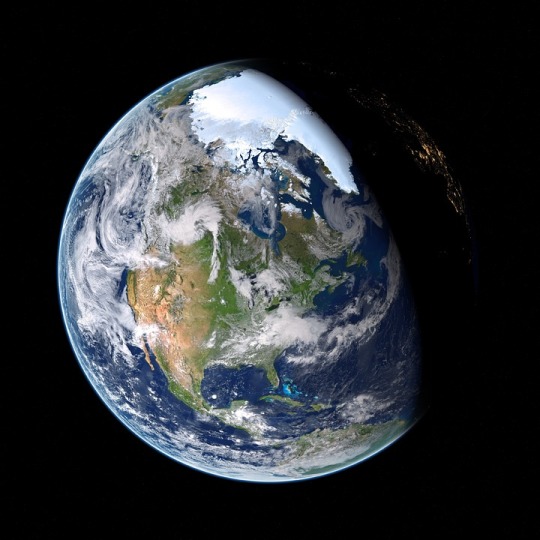
“We are not outside the earth looking down upon it. Instead, we are inside specific biosystems and complex relationships with other biological entities; we impact and are impacted by the interrelationships of those entities. Responsibility to these ecological niches, networks and dynamics can be brought into view only if we understand ourselves as animals among other animals, with varied sexualities, complicated family relationships, complex political systems, and multiple desires. Perhaps we are peculiar animals with astounding abilities, but we are still part of an interconnected world and thus answerable to it” (129)
#queer ecologies: sex nature politics desire#penguins#arctic life#reproductive justice#overpopulation#malthusian theory#queer ecology#queer theory#ecofeminism#heteronormativity#critical ecology#ecology#environmental politics#colonialism#animal sexuality#media#traditional ecological knowledge#nuclear family#right wing#right wing extremism#united states#environmental justice#environmental reproductive justice#erotophobia#racism#classism#xenophobia#immigration#propaganda
9 notes
·
View notes
Text
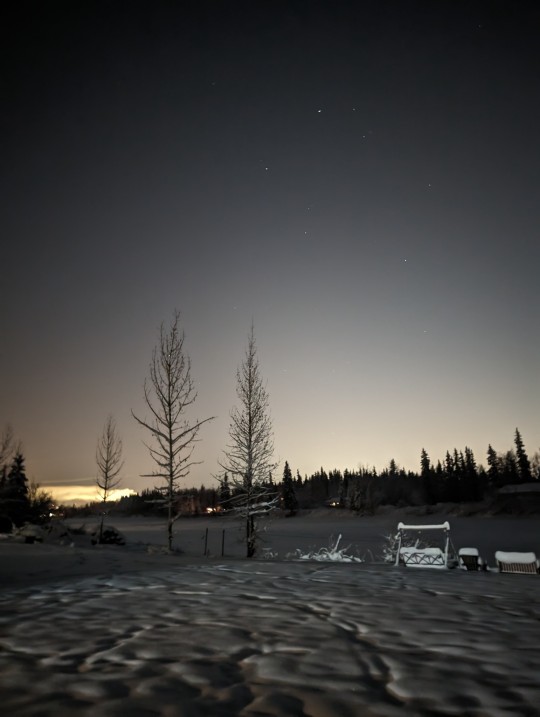
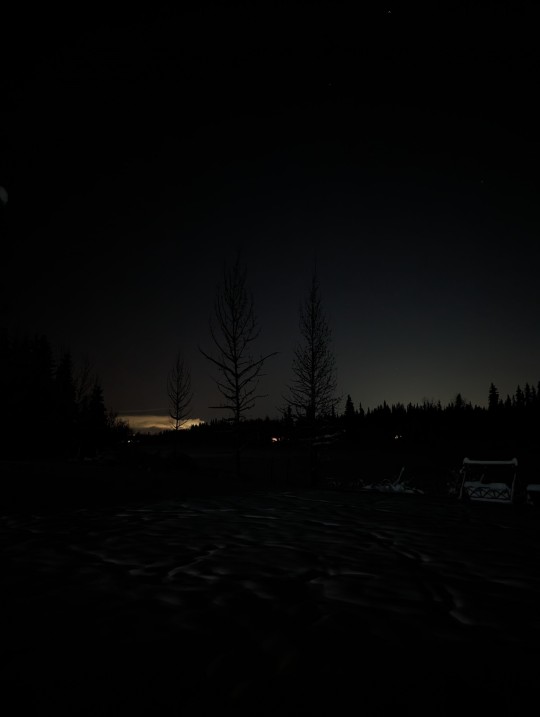
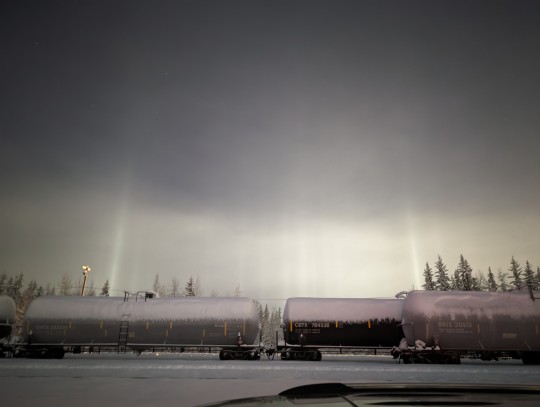
2 notes
·
View notes
Text

One of a few very heavily discounted prints on my etsy! More to come! (Check out my Etsy here)
#penguins#Arctic#NorthernLights#AuroraBorealis#cute prints#sticker#illustration#penguin art#Arctic life#Arctic animals#wildlife art#nature art#cute animals#Arctic adventure#Arctic vibes#winter wonderland#Arctic magic#animal illustration#wall decor#home decor
3 notes
·
View notes
Text

#What to do if Your Arctic Expedition Doesn’t go as Planned#tips#tricks#life hacks#helpful hints#advice#exploration#the Arctic
4K notes
·
View notes
Text
956 notes
·
View notes
Text
I think so much about the tragedy of Arctic and Foeslayer. They were both young, newly adults who were sick and tired of living under the oppressive rule of their mother's. They wanted freedom and peace from it. When Foeslayer and Arctic found each other and found common ground with their desires to escape their lives, they fell in love; both with each other and with the idea of running away from their family. That the other was their way out of their pre-determined life. That they had some control and now's the chance to run.
They weren't thinking and were running off of blind admiration and a dream of no longer being bossed around. They didn't know that their actions would bring forth a war. I think when the initial euphoria of being free wore off and the reality of the situation sunk in is when they realized they weren't so much in love with the other as they were with the concept of escaping their miserable lives.
But, here they are together. Dragons are dying because of their impulsive actions. They have two dragonets they have to raise. Each passing day they can't stand each other more and more. It was doomed to fail. A tragedy in every sense of the word
#Moral of the story is to not marry young#sp-rambles#wof#wings of fire#foeslayer wof#arctic wof#arcticslayer#To be honest if you ask me I think there was just some mild attraction there but they were caught up in the whirlwind of the idea of#escaping their old life and just saw the other as their ticket to being free
469 notes
·
View notes
Quote
Baby we both know, that the nights were mainly made for saying things that we can’t say tomorrow day
Arctic Monkeys, Do I Wanna Know
#Arctic Monkeys#motivation#quotes#poetry#literature#relationship quotes#writing#original#words#love#relationship#thoughts#lit#prose#spilled ink#inspiring quotes#life quotes#quoteoftheday#love quotes#poem#aesthetic
491 notes
·
View notes
Text
if i didn’t have music, i would probably be dead.
#music#music is life#i love music#music is therapy#los campesinos!#the front bottoms#alex g#tv girl#conan gray#phoebe bridgers#boygenius#arctic monkeys#beabadoobee#car seat headrest#james marriott#mccafferty#omar rudberg#radiohead#the smiths#oasis#wallows#lovejoy#weezer#lgbtqia#queer#alice oseman#ya novels#osemanverse#heartstopper
940 notes
·
View notes
Text
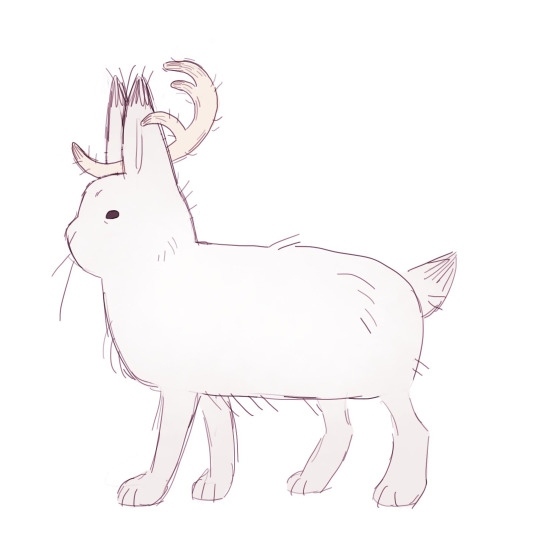
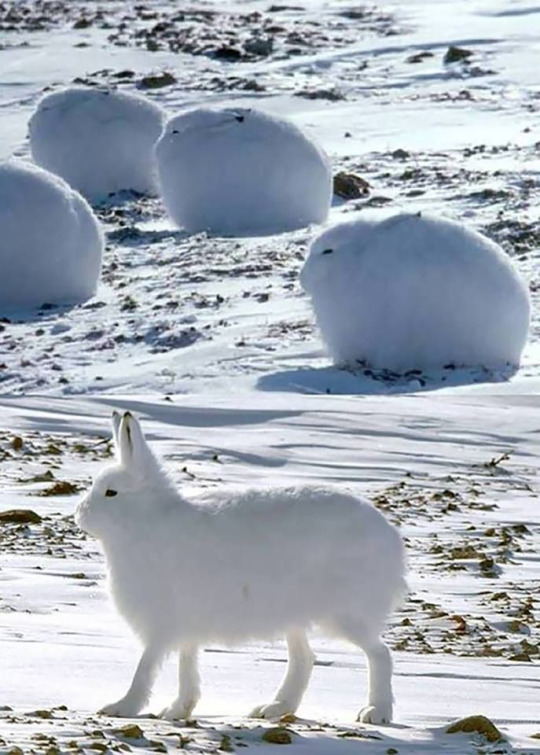
Strange Beast
(Arctic Hare Jackalope)
473 notes
·
View notes
Text


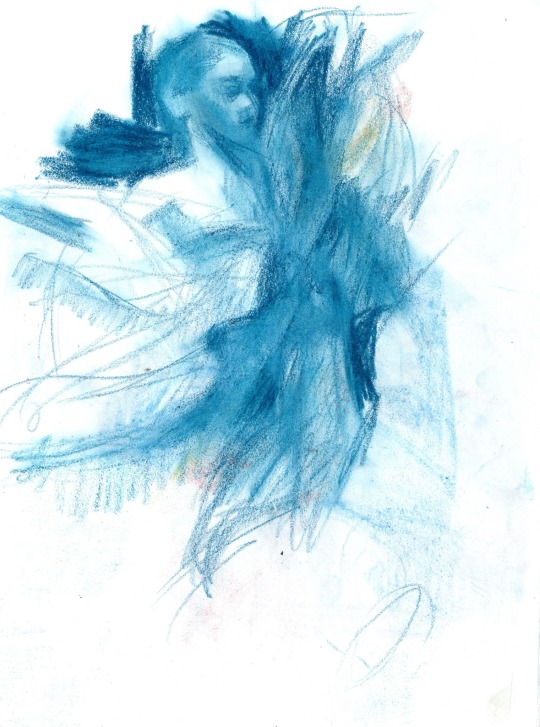


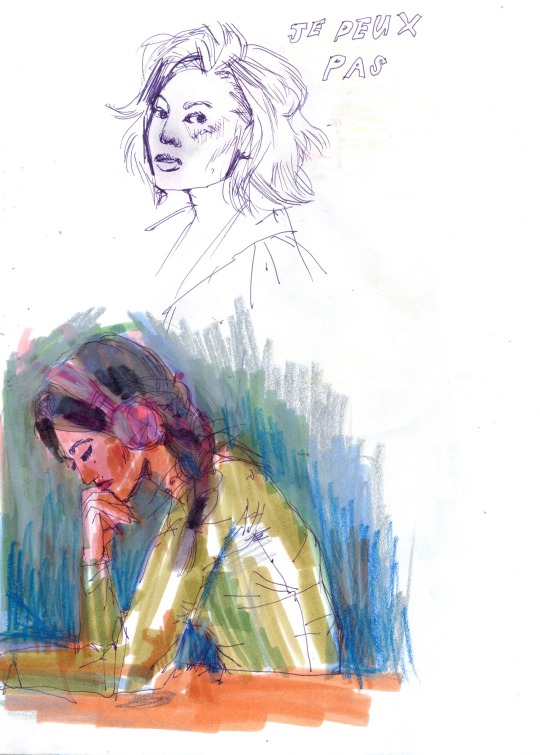


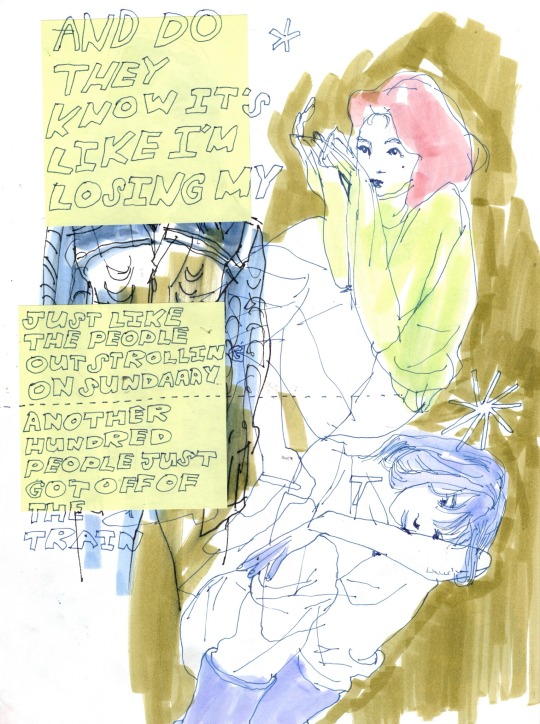

Almost done my sketchbook!
#illustration#my art#soupandcats#traditional art#drawing#sketchbook spread#sketchbook art#sketch#sketchbook#sketches#sketching#markers#pen#pastel#arctic tern#birds#life drawing#gouache
841 notes
·
View notes
Text
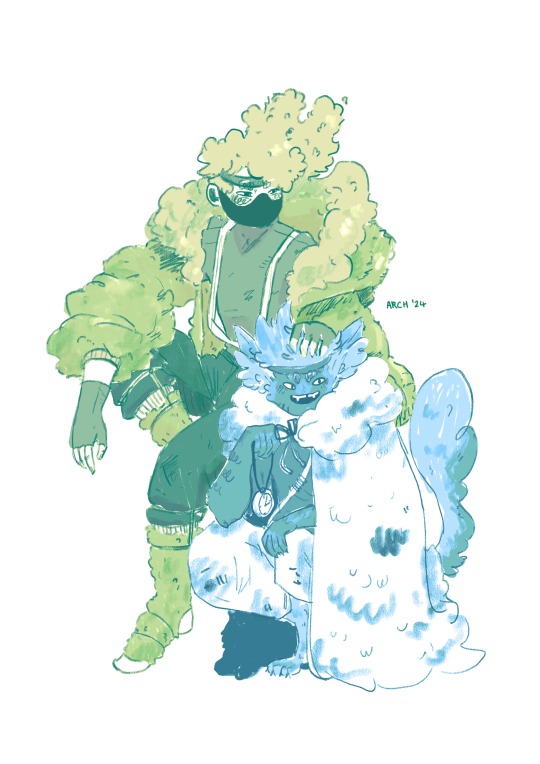
i swear i posted this illustration but I could not find it anywhere so possible reupload here we go
#hermitcraft#illustration#archillustrates#life series#traffic smp#trafficblr#etho#etholabs#ethogirl#hermitcraft etho#etho fanart#ethoslab#bdouble0#bdoubleo100#bdubs#hc10#hc fanon swap#hc fanart#moss etho#arctic fox bdubs
392 notes
·
View notes
Quote
Baby we both know, that the nights were mainly made for saying things that we can’t say tomorrow day
Arctic Monkeys, Do I Wanna Know
#Arctic Monkeys#motivation#quotes#poetry#literature#relationship quotes#writing#original#words#love#relationship#thoughts#lit#prose#spilled ink#inspiring quotes#life quotes#quoteoftheday#love quotes#poem#aesthetic
166 notes
·
View notes
Text



they spotted a squirrel
370 notes
·
View notes
Text


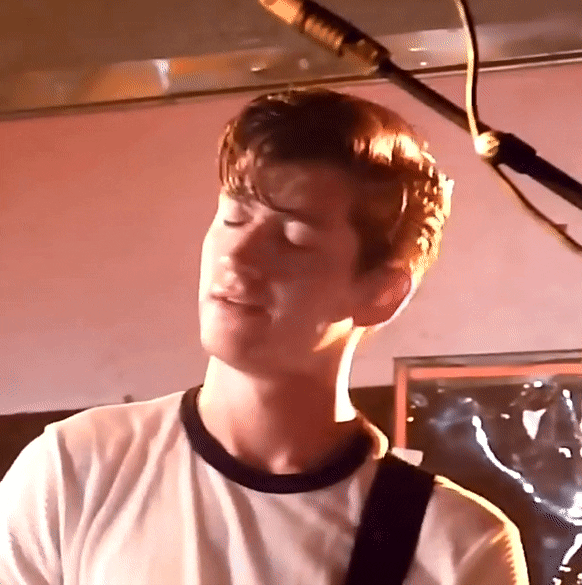
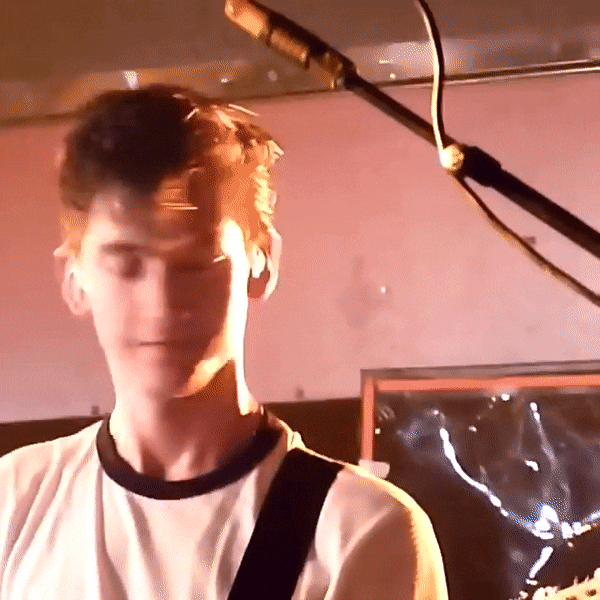
like a little wet kitten :')
#this one's for lulu & four walls 💖💖#because i'm just SO excited that we're getting a new chapter soon aaahhhhh#has this been giffed to death?#probably#but i don't care#the cuteness is off the charts and i need some cuteness in my life right now and maybe some of you do too#he's so stupidly adorable it's driving me NUTS 😭#so glad someone captured this moment on camera#😘😘😘#god that haircut was something else 😭😭#alex turner#arctic monkeys#my gifs
299 notes
·
View notes
Quote
Baby we both know, that the nights were mainly made for saying things that we can’t say tomorrow day
Arctic Monkeys, Do I Wanna Know
#Arctic Monkeys#motivation#quotes#poetry#literature#relationship quotes#writing#original#words#love#relationship#thoughts#lit#prose#spilled ink#inspiring quotes#life quotes#quoteoftheday#love quotes#poem#aesthetic
115 notes
·
View notes
